October 28, 2025
Ashtavinayak Darshan: A Divine Road Trip Adventure
CM Content Team

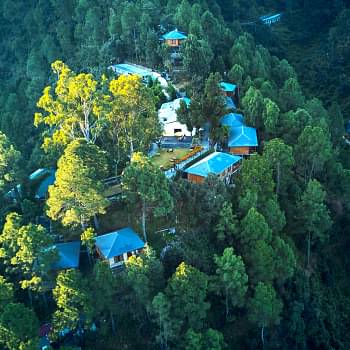
View all
140+
Resorts
October 28, 2025
CM Content Team
A journey to the Ashtavinayak temples in Maharashtra is not just a pilgrimage, but a spiritual calling that connects the devotee’s heart with Lord Ganesha in his eight divine forms. Known for their deep-rooted legends and centuries-old traditions, these temples are visited in a specific sequence to complete the sacred circuit. For many, an Ashtavinayak trip is considered a once-in-a-lifetime blessing, believed to fulfil wishes and remove obstacles.
Whether you begin your Ashtavinayak trip from Mumbai or opt for an Ashtavinayak trip from Pune, the experience is equally soul-stirring. The temples are spread across scenic villages, nestled in the Sahyadris, where myth, devotion, and culture merge into an unforgettable journey. With careful planning, the trip to Ashtavinayak becomes not only a spiritual quest but also a serene escape into Maharashtra’s divine heartland.
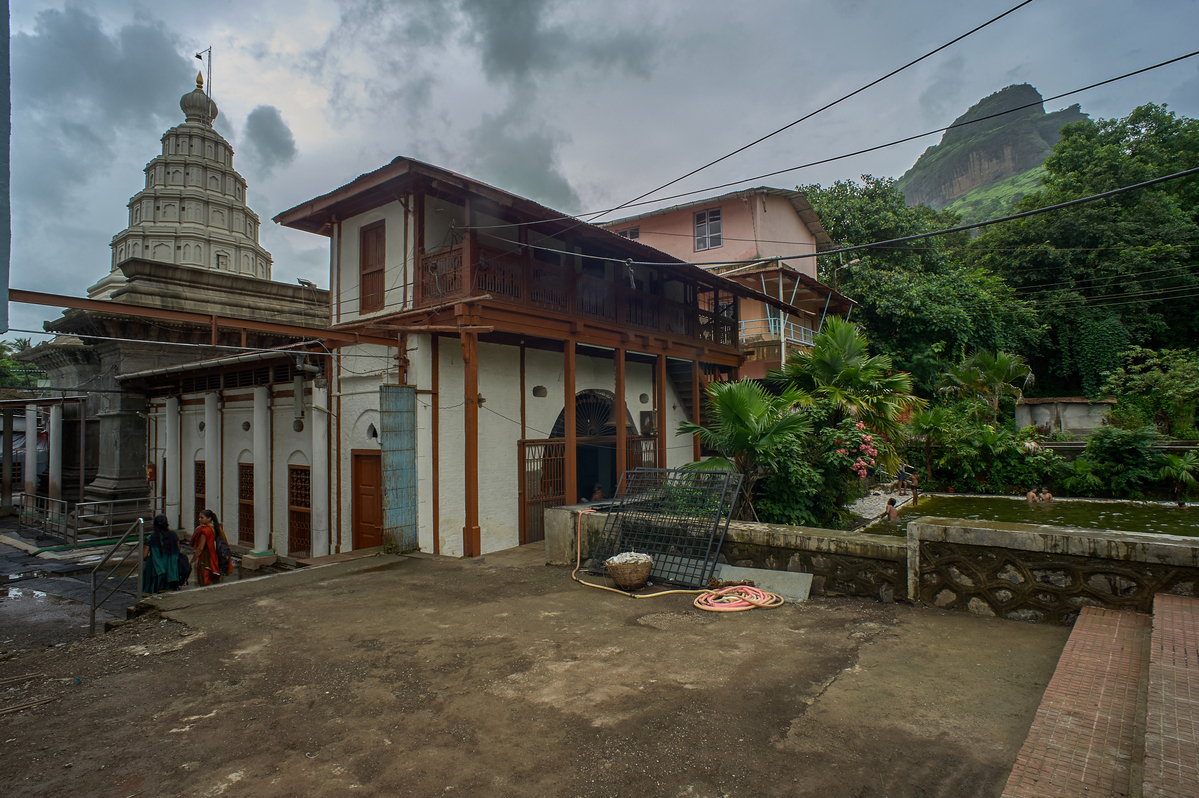
The Ashtavinayak temples are bound together by legends that celebrate Lord Ganesha’s many divine acts. According to ancient texts, these eight shrines mark places where Ganesha appeared in different forms to protect devotees, defeat demons, or fulfil wishes. Each temple preserves a unique tale that adds to the sanctity of the pilgrimage.
At Morgaon, Lord Ganesha took the form of Mayureshwar, riding a peacock to defeat the demon Sindhu. In Siddhatek, he blessed Lord Vishnu with victory over the demons Madhu and Kaitabha. At Pali, the child devotee Ballal was protected by Ganesha, who came to be worshipped as Ballaleshwar. In Mahad, he became Varadvinayak, the giver of boons.
The stories continue at Theur, where Ganesha retrieved the precious Chintamani jewel, and at Lenyadri, where he appeared as Girijatmaj, the son of Parvati. At Ozar, he became Vighnahar, the destroyer of obstacles, while at Ranjangaon, he manifested as Mahaganapati, the supreme form that defeated the demon Tripurasura.
Following this circuit during an Ashtavinayak trip ensures that devotees relive these legends, drawing strength and blessings from every tale along the way.
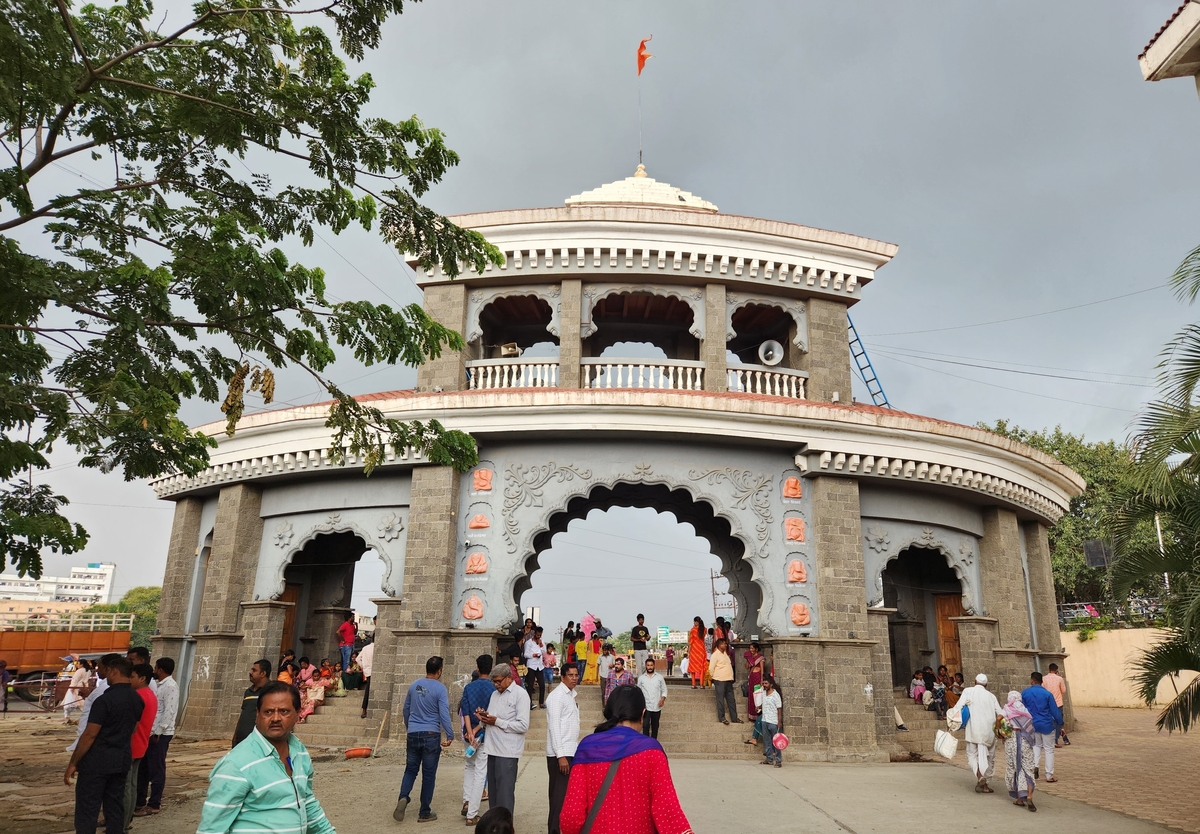
Careful planning ensures that whether it’s an Ashtavinayak trip from Pune or a trip to Ashtavinayak from Mumbai, the pilgrimage remains spiritually enriching and comfortable.
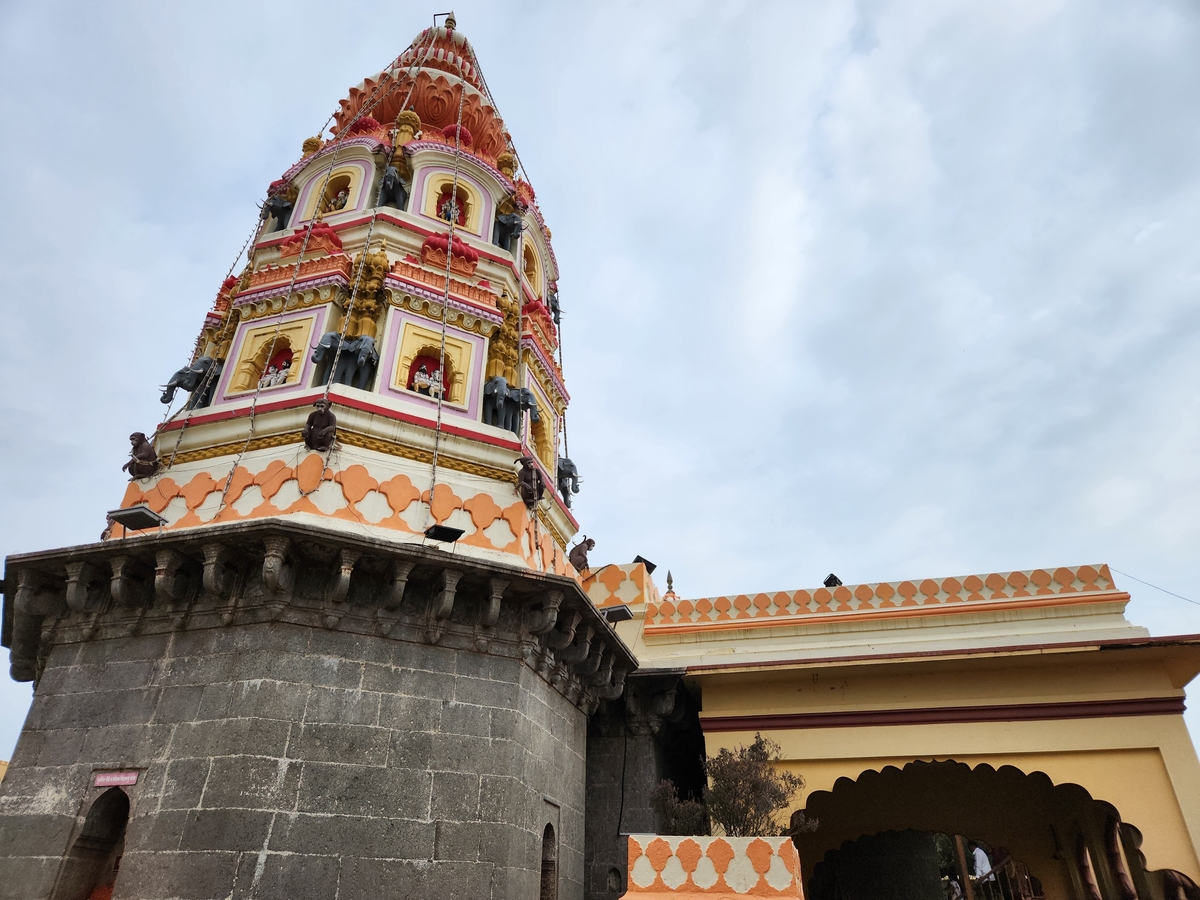
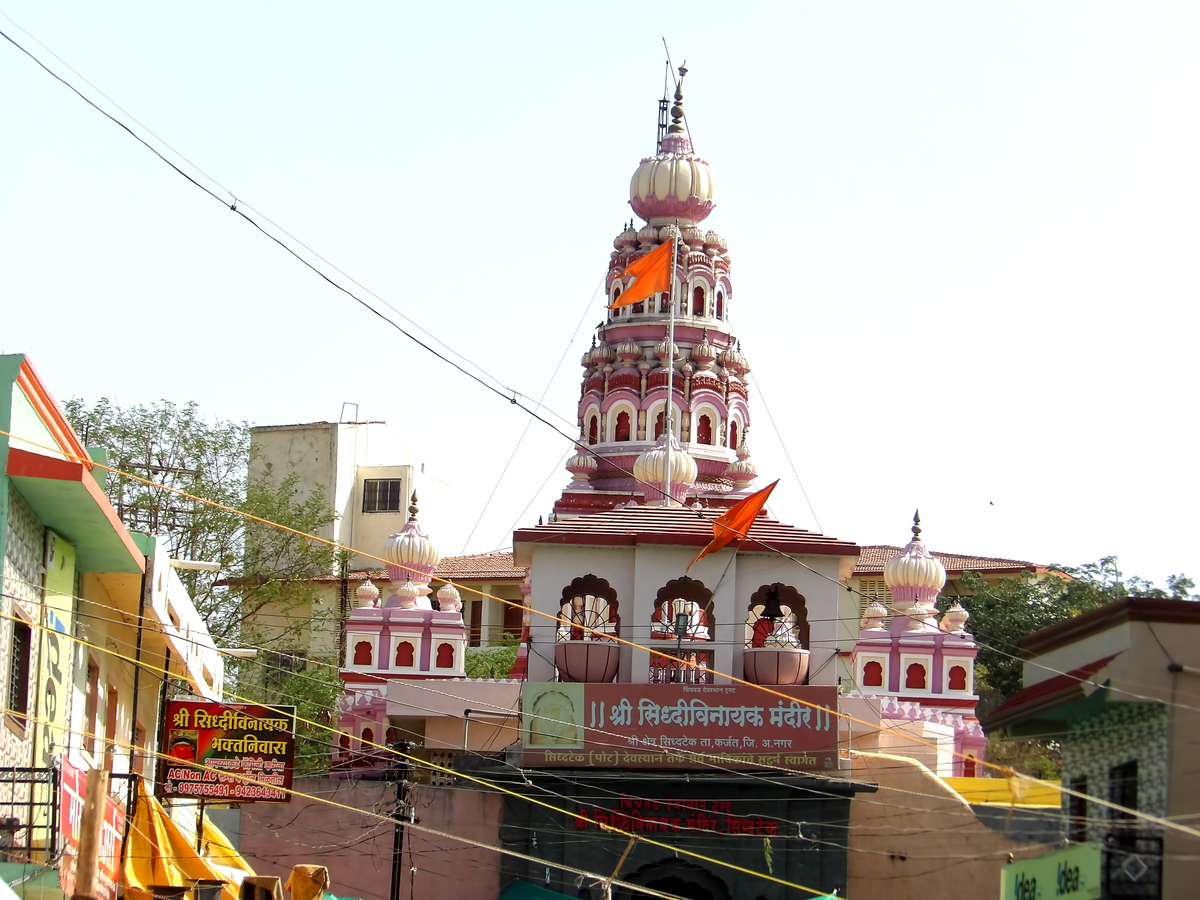
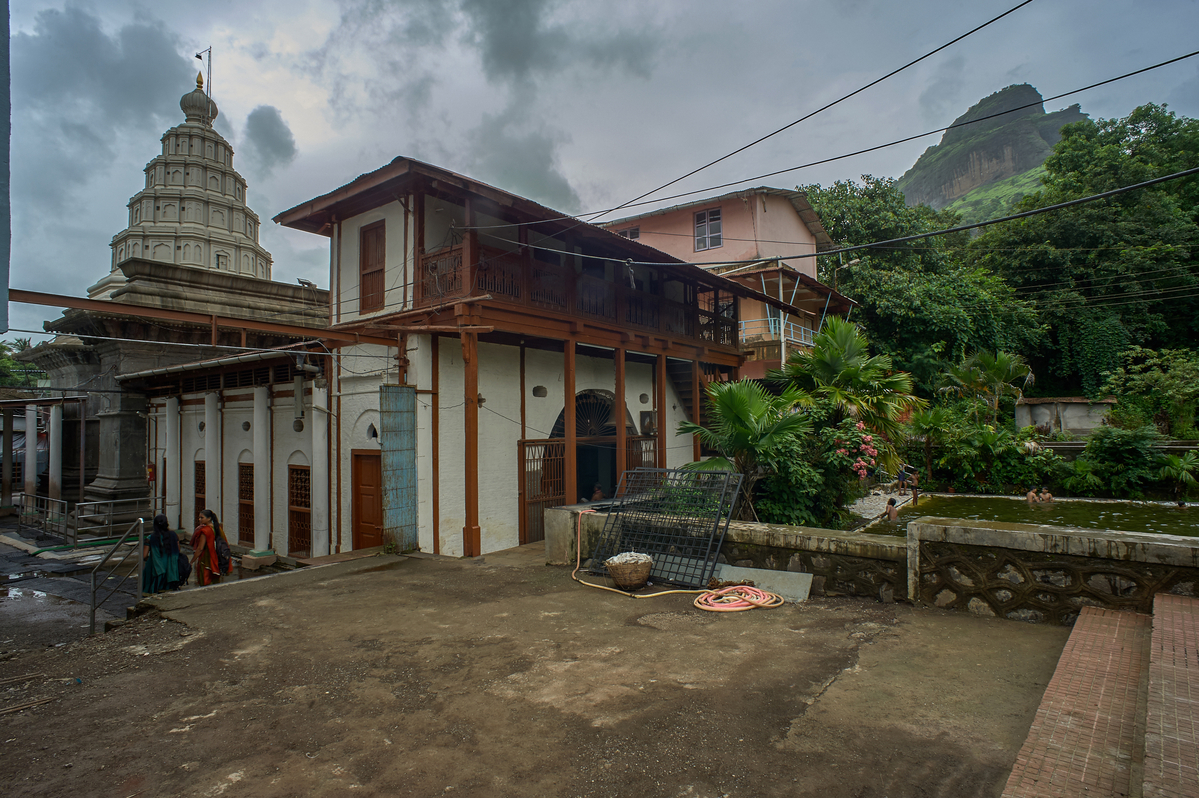
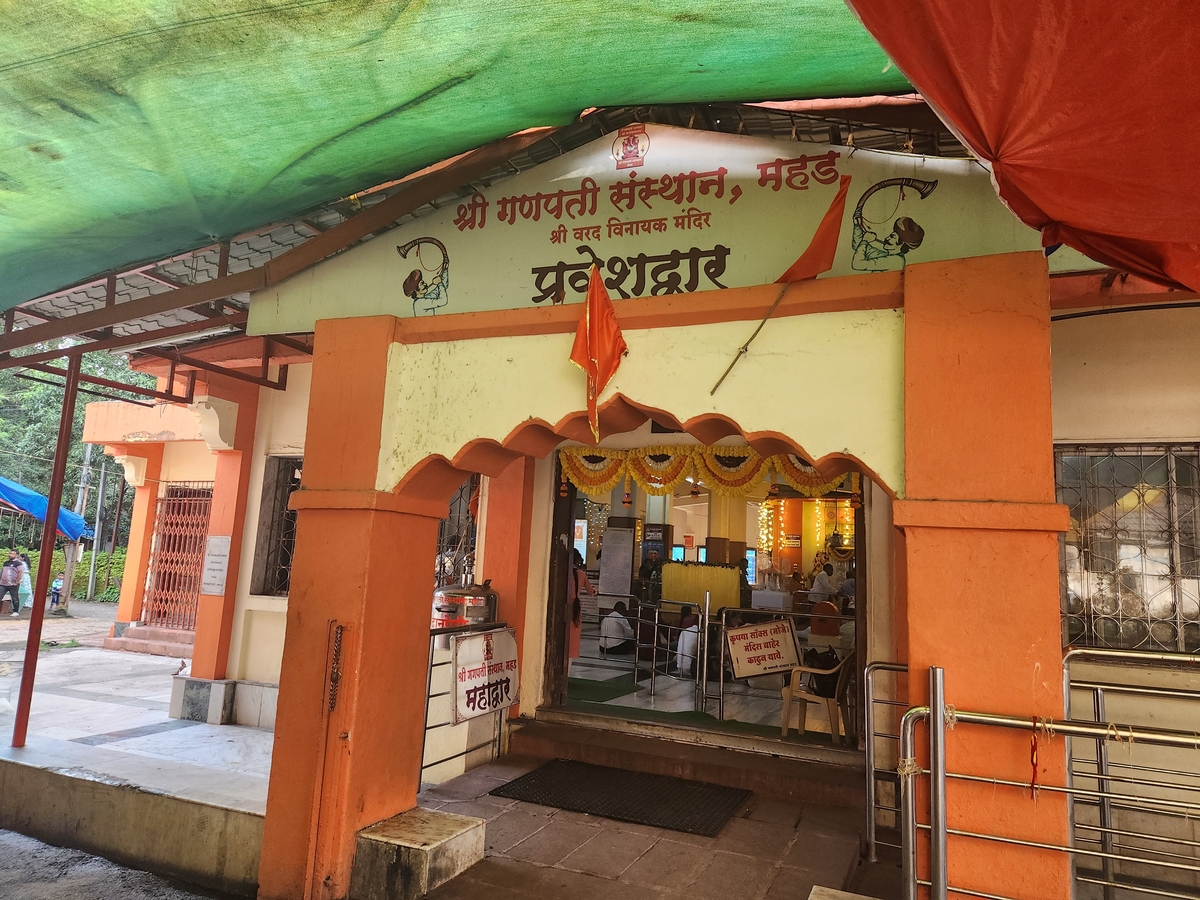
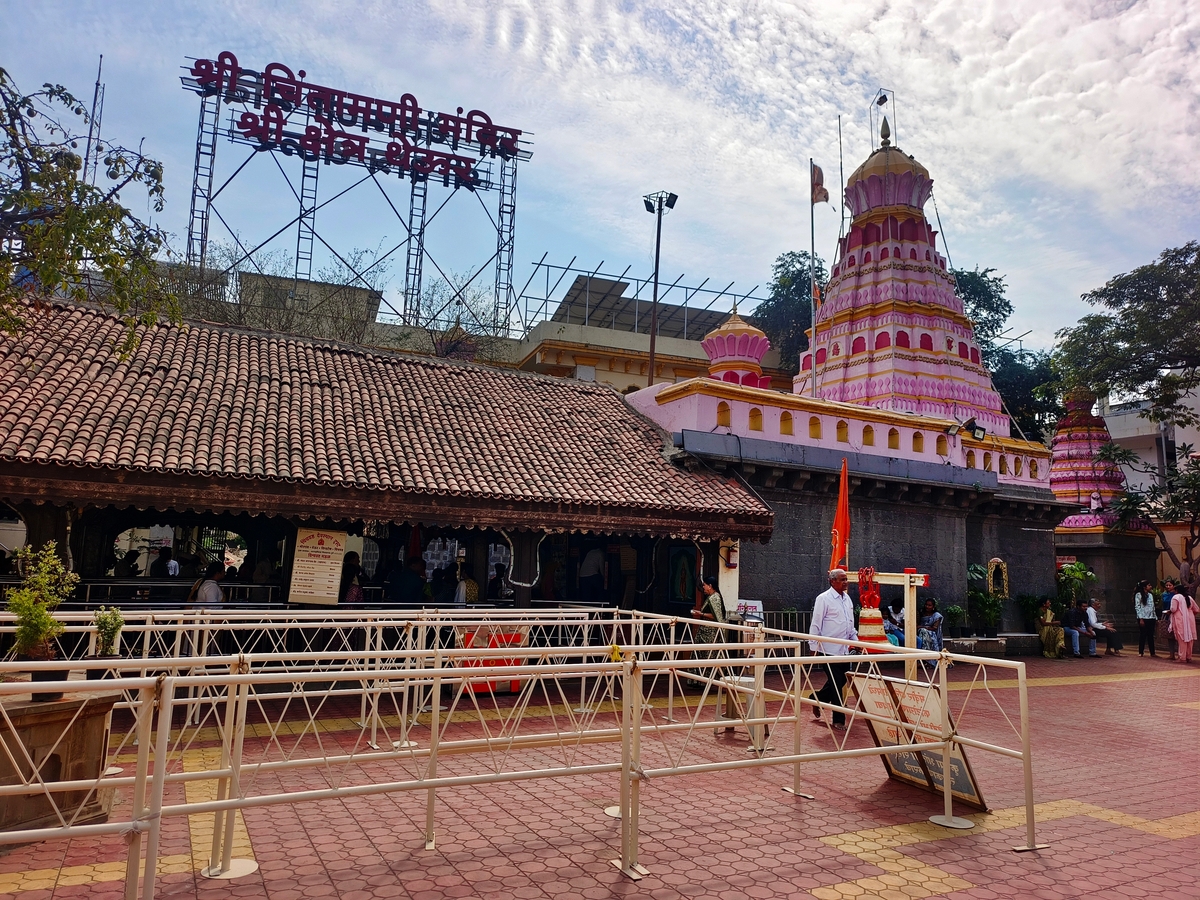
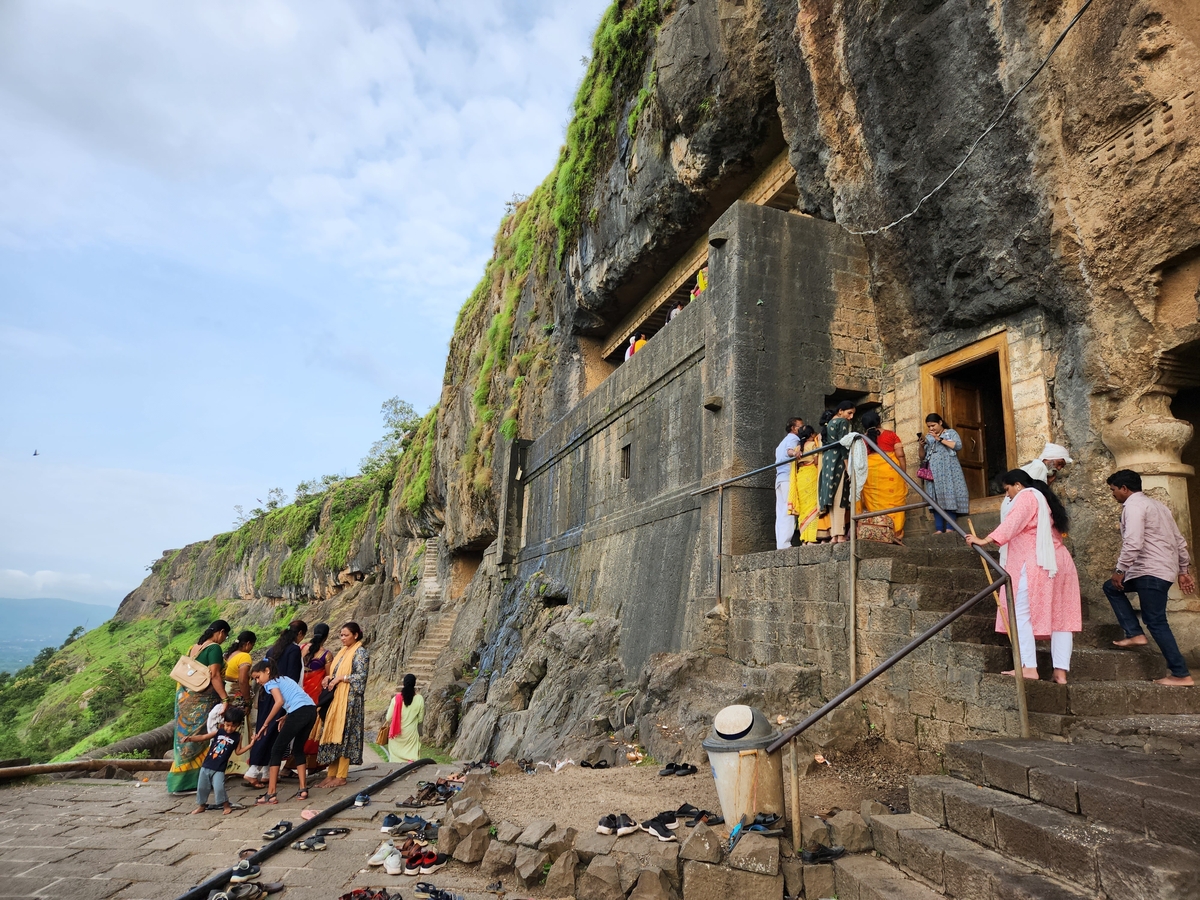
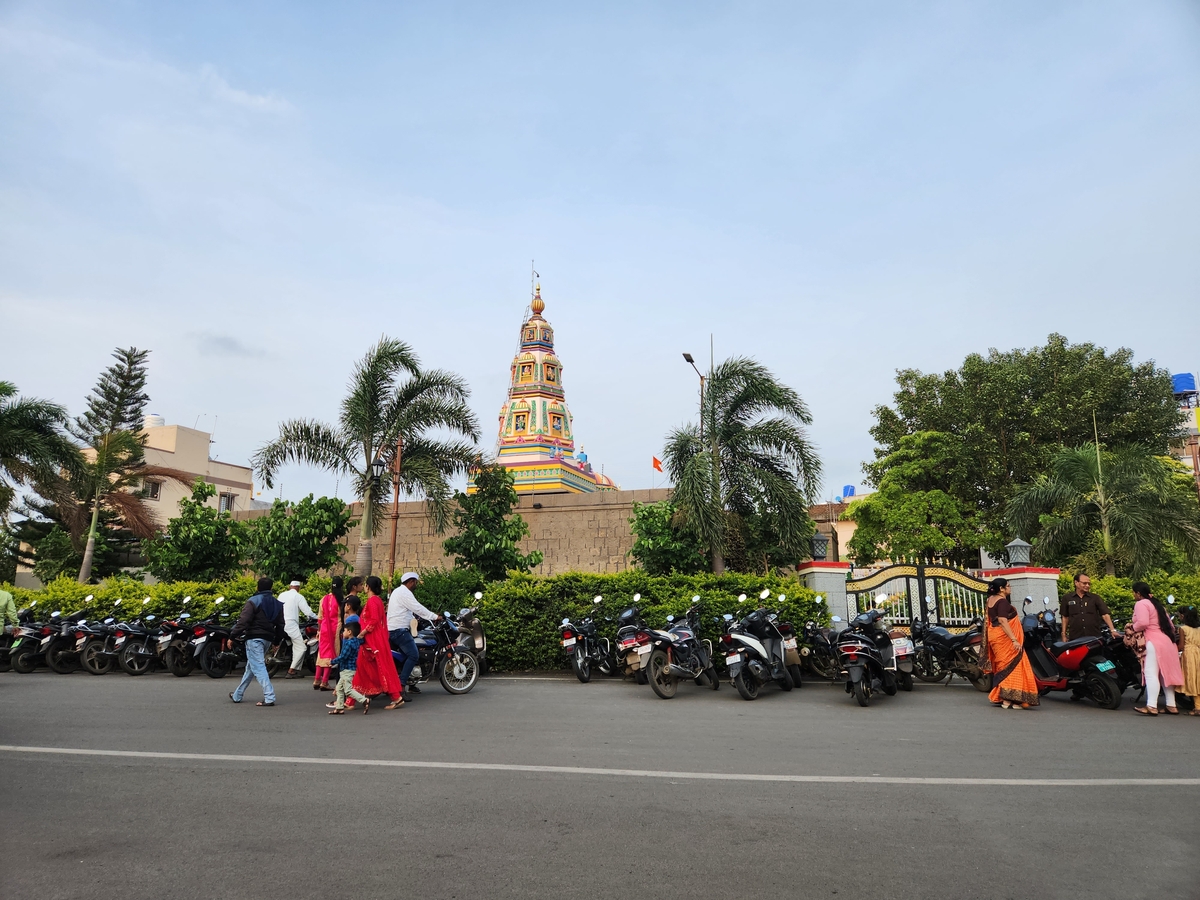
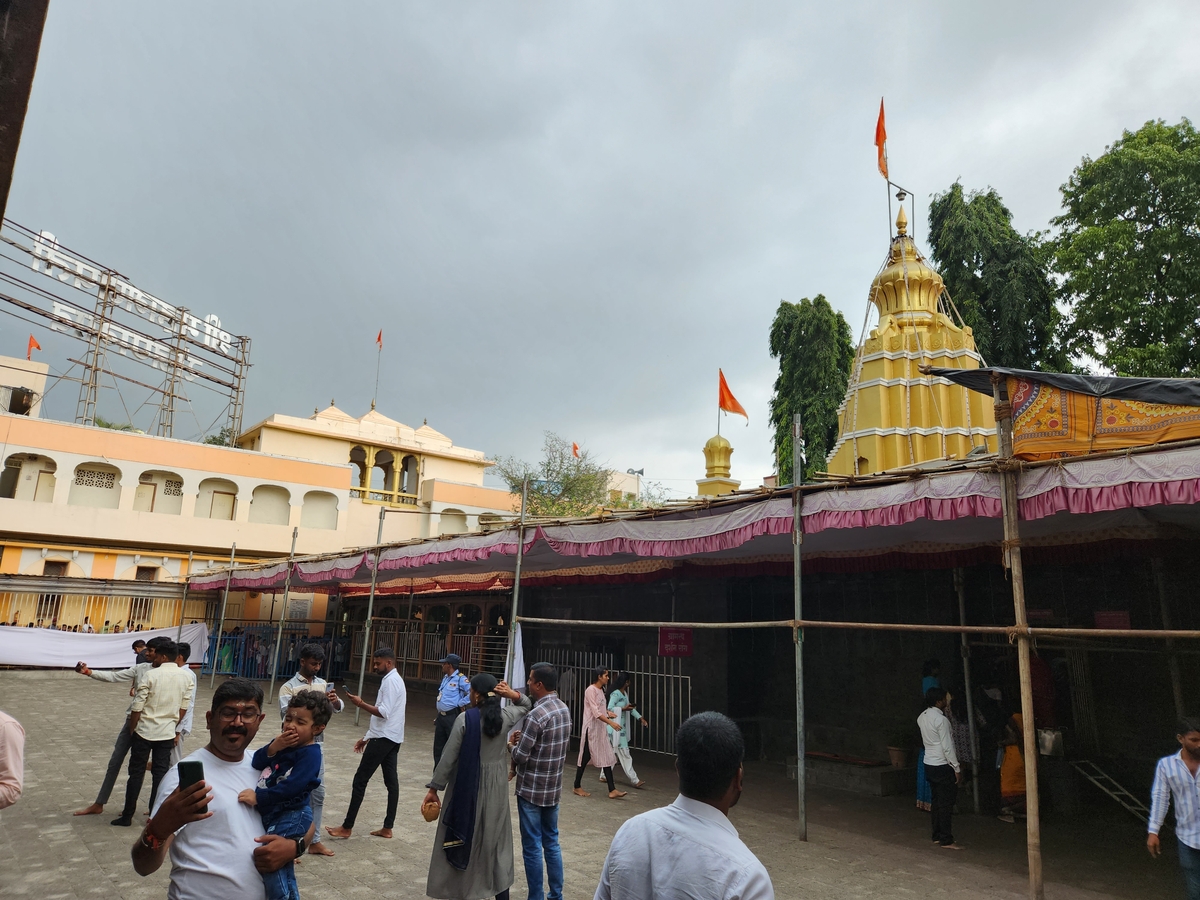
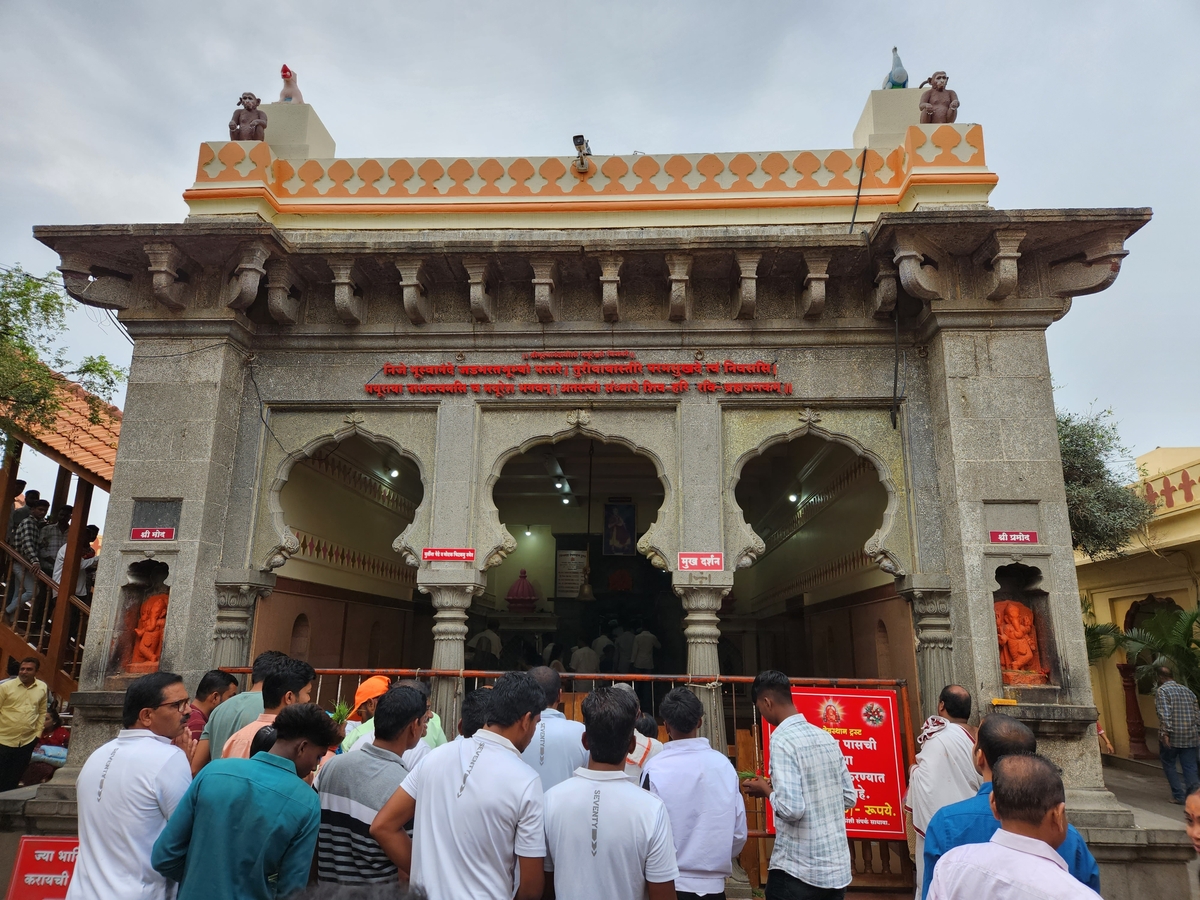
Route: Pune → Mayureshwar (Morgaon) → Siddhivinayak (Siddhatek) → Chintamani (Theur) → Mahaganapati (Ranjangaon) → Vighnahar (Ozar) → Girijatmaj (Lenyadri) → Ballaleshwar (Pali) → Varadvinayak (Mahad) → back to Mayureshwar (Morgaon).
This itinerary ensures a well-paced trip to Ashtavinayak with devotion and comfort.
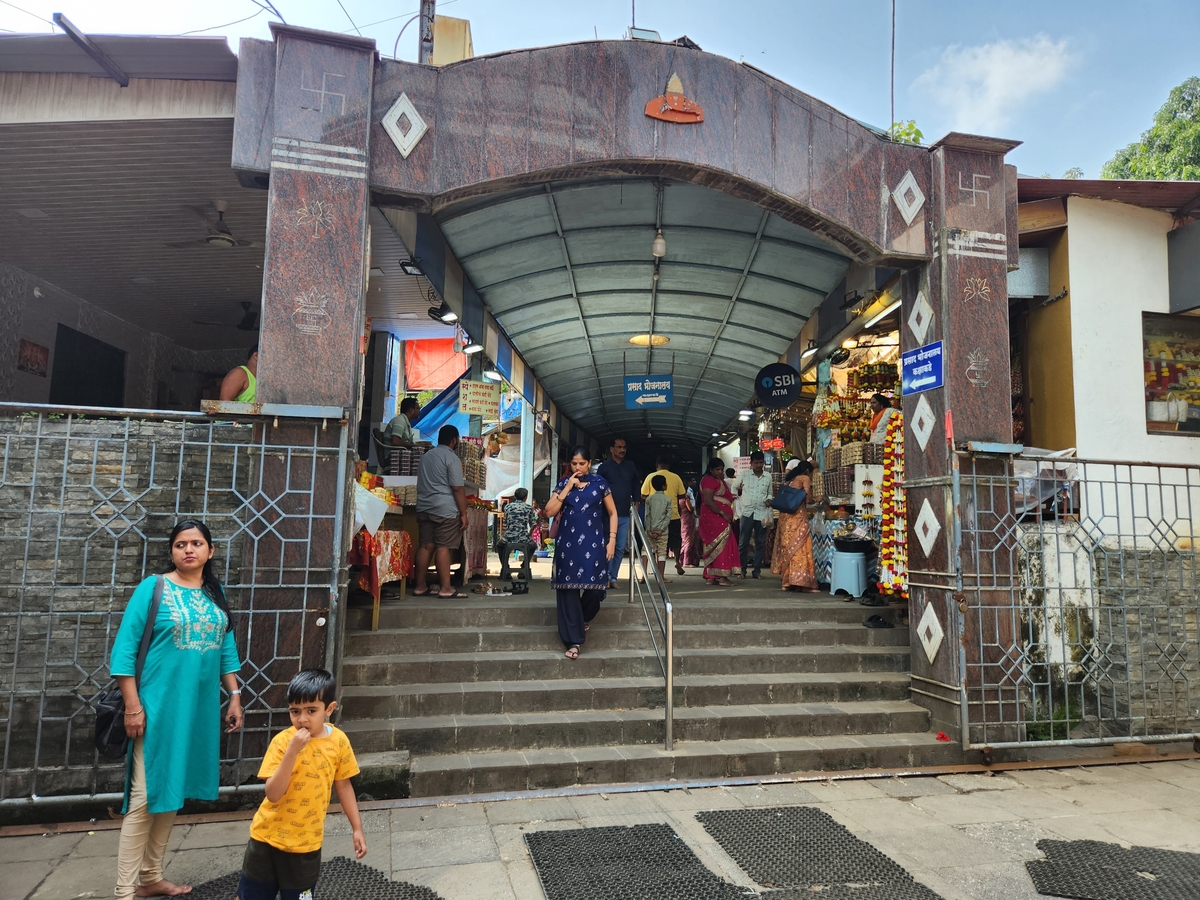
Route: Mumbai → Ballaleshwar (Pali) → Varadvinayak (Mahad) → Chintamani (Theur) → Siddhivinayak (Siddhatek) → Mayureshwar (Morgaon) → Mahaganapati (Ranjangaon) → Vighnahar (Ozar) → Girijatmaj (Lenyadri) → back to Mayureshwar (Morgaon).
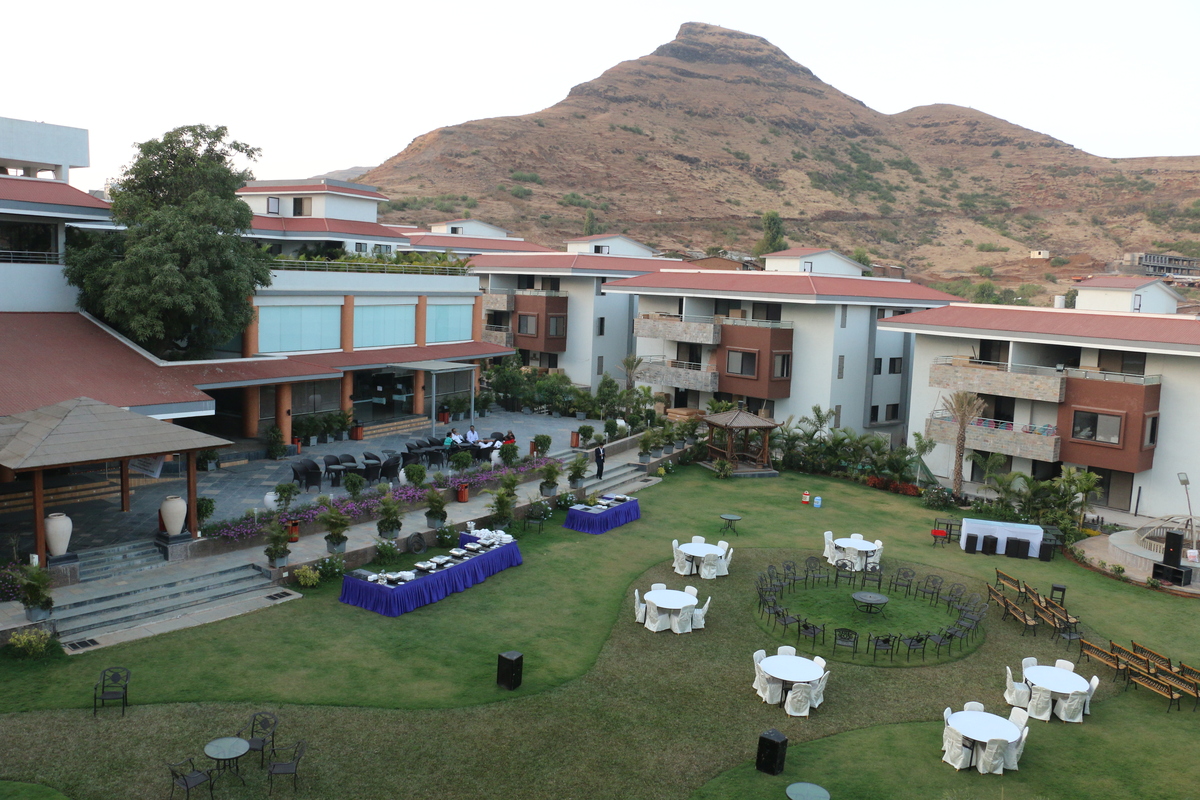
After completing a soul-stirring trip to Ashtavinayak, a comfortable stay helps you relax and reflect on the spiritual journey. With scenic locations close to Mumbai and Pune, Club Mahindra resorts offer the perfect blend of comfort, local charm, and modern amenities.
Each of these resorts in Maharashtra provides not only relaxation but also an opportunity to spend quality time with family after a divine journey, making your Ashtavinayak pilgrimage truly complete.
An Ashtavinayak trip is not just a pilgrimage but a soulful journey through faith, legends, and the eternal blessings of Lord Ganesha. Each temple along the sacred circuit reveals a unique story of divine grace, leaving devotees with a deep sense of fulfilment and peace. Whether you embark on an Ashtavinayak trip from Mumbai or choose the shorter Ashtavinayak trip from Pune, the experience is spiritually uplifting and unforgettable.
To make such journeys even more memorable, consider investing in a Club Mahindra Membership. With access to 140+ resorts across India and abroad, including serene retreats near Mumbai and Pune, you can combine divine darshan with moments of comfort, leisure, and family togetherness. Let every pilgrimage be accompanied by the warmth of Club Mahindra hospitality.
The Ashtavinayak tour from Pune is around 650–700 km, depending on the chosen route. Since most temples are closer to Pune, this circuit is shorter compared to starting from Mumbai.
Yes, a trip to Ashtavinayak from Mumbai can be completed in 2 days if planned efficiently with early starts and minimal breaks. However, many devotees prefer 3 days for a more relaxed pilgrimage.
The ideal time for a trip to Ashtavinayak is between October and March, when the weather is pleasant for road journeys and temple visits. Monsoon also adds scenic beauty, but may slow travel.
Yes, most temples have nearby lodges, dharamshalas, and local guesthouses. For added comfort, families often combine the pilgrimage with a stay at Club Mahindra resorts near Mumbai and Pune.
An Ashtavinayak trip from Pune is shorter and easier, while a trip to Ashtavinayak from Mumbai offers a longer yet equally spiritual route. The choice depends on your starting point and available time.
No, most Ashtavinayak temples allow free entry. Some may offer special darshan tickets during peak festivals to manage crowds.
For those starting a trip to Ashtavinayak from Mumbai, it is common to begin with Ballaleshwar at Pali, followed by Varadvinayak at Mahad. However, tradition requires the pilgrimage to end at Mayureshwar in Morgaon.
Mahindra Holidays & Resorts India Ltd. (MHRIL), a part of Leisure and Hospitality sector of the Mahindra Group, offers quality family holidays primarily through vacation ownership memberships and brings to the industry values such as reliability, trust and customer satisfaction. Started in 1996, the company's flagship brand ‘Club Mahindra’, today has over 300,000 members , who can holiday at 140+ resorts in India and abroad.
We use cookies to personalise content and to provide you with an improved user experience.By Continuing to browse this site you consent to the use of cookies.Please visit our cookie policy for further details.

Welcome to ClubMahindra.com In order to provide a personalised experience for you, we use cookies to enable some website functionality. Cookies help us see which articles most interest you; allow you to easily share articles on social media channels; permit us to deliver content personalised to your interests and locations; along with many other site benefits. For more information, please review our Cookie Policy
When you visit any website, it may store or retrieve information on your browser, mostly in the form of cookies. This information might be about you, your preferences or your device and is mostly used to make the site work as you expect it to. The information does not usually directly identify you, but it can give you a more personalized web experience. Because we respect your right to privacy, you can choose not to allow some types of cookies. Click on the different category headings to find out more and change our default settings. However, blocking some types of cookies may impact your experience of the site and the services we are able to offer.
Because we respect your right to privacy, you can choose not to allow some types of cookies and you have the right to withdraw your consent by send a mail to email id [email protected]
These cookies are essential in order to enable you to move around the site and use its features, such as accessing secure areas of the site. Without these cookies, services you have asked for cannot be provided.
These cookies allow us to employ data analytics so we can measure and improve the performance of our site and provide more relevant content to you. These cookies don't collect information that identifies a visitor down to an individual level that is available to us. These cookies are not passing personally identifiable information to any external third party other than in limited cases when we engage a service provider to act on our behalf but who is then unable to use the data for their own purposes.
Performance cookies are generally third-party cookies from vendors we work with or who work on our behalf that collect information about your visit and use of the Club Mahindra website, for instance which pages you visit the most often, and if you get error messages from web pages. These cookies don't collect information that identifies a visitor. All information these cookies collect is anonymous and is only used to improve your overall experience on how the website works. Third party vendors may have access to this data and may use it to improve their overall services and offerings.
Functionality cookies allow a site to remember choices you make (such as your user name, language or the region you are in) and provide more enhanced, personal features. These cookies cannot track your browsing activity on other websites. They don't gather any information about you that could be used for advertising or remembering where you've been on the Internet outside our site.
Third-party advertising and social media cookies are used to (1) deliver advertisements more relevant to you and your interests; (2) limit the number of times you see an advertisement; (3) help measure the effectiveness of the advertising campaign; and (4) understand people's behaviour after they view an advertisement. They are usually placed on behalf of advertising networks with the site operator's permission. They remember that you have visited a site and quite often they will be linked to site functionality provided by the other organization. This may impact the content and messages you see on other websites you visit. If you do not allow these cookies you may not be able to use or see certain these sharing tools content on our website.